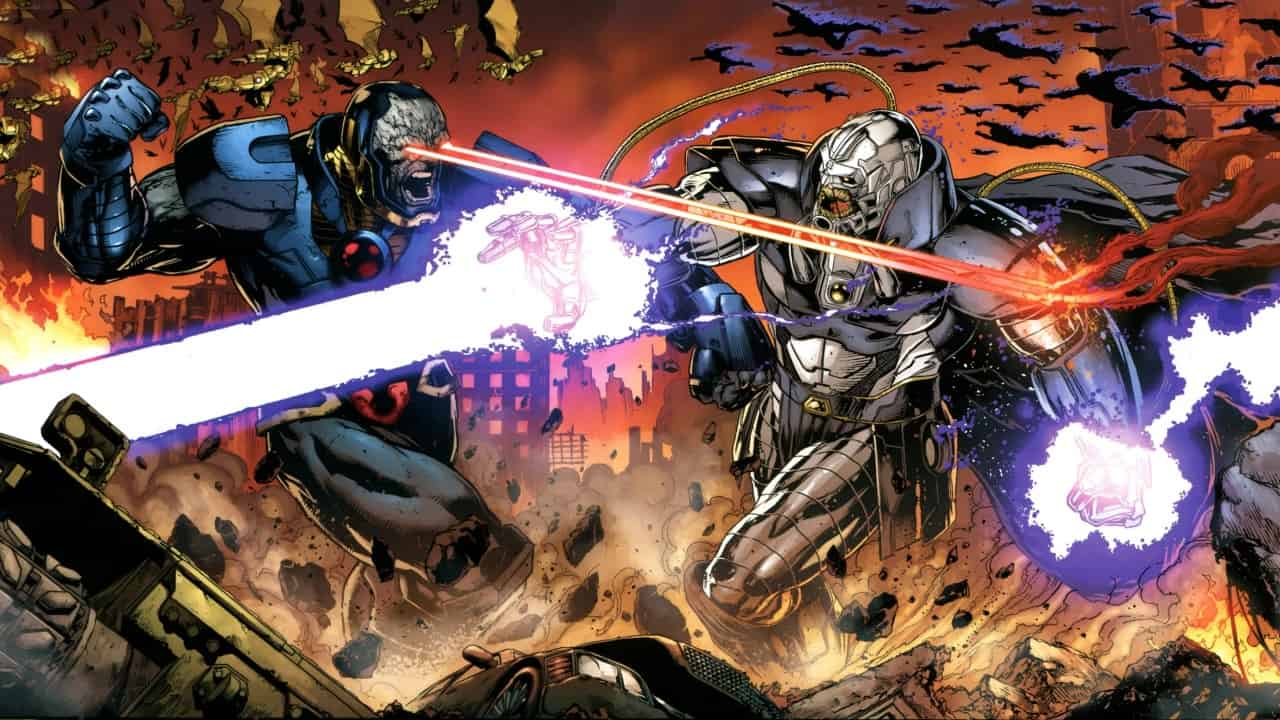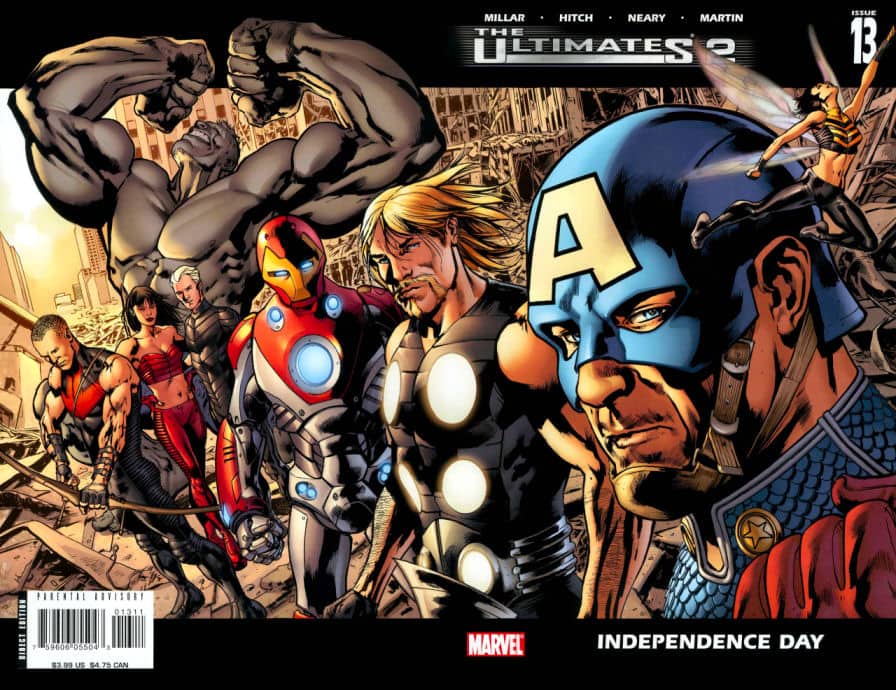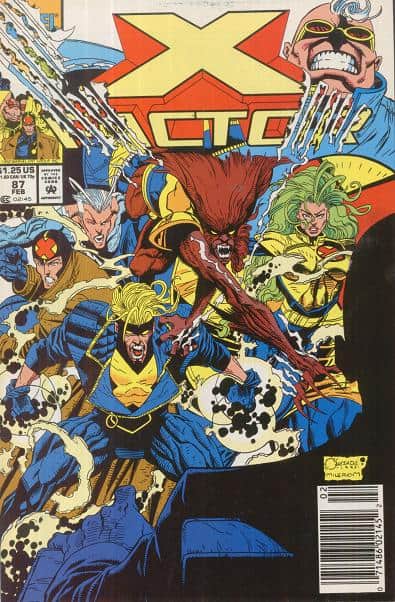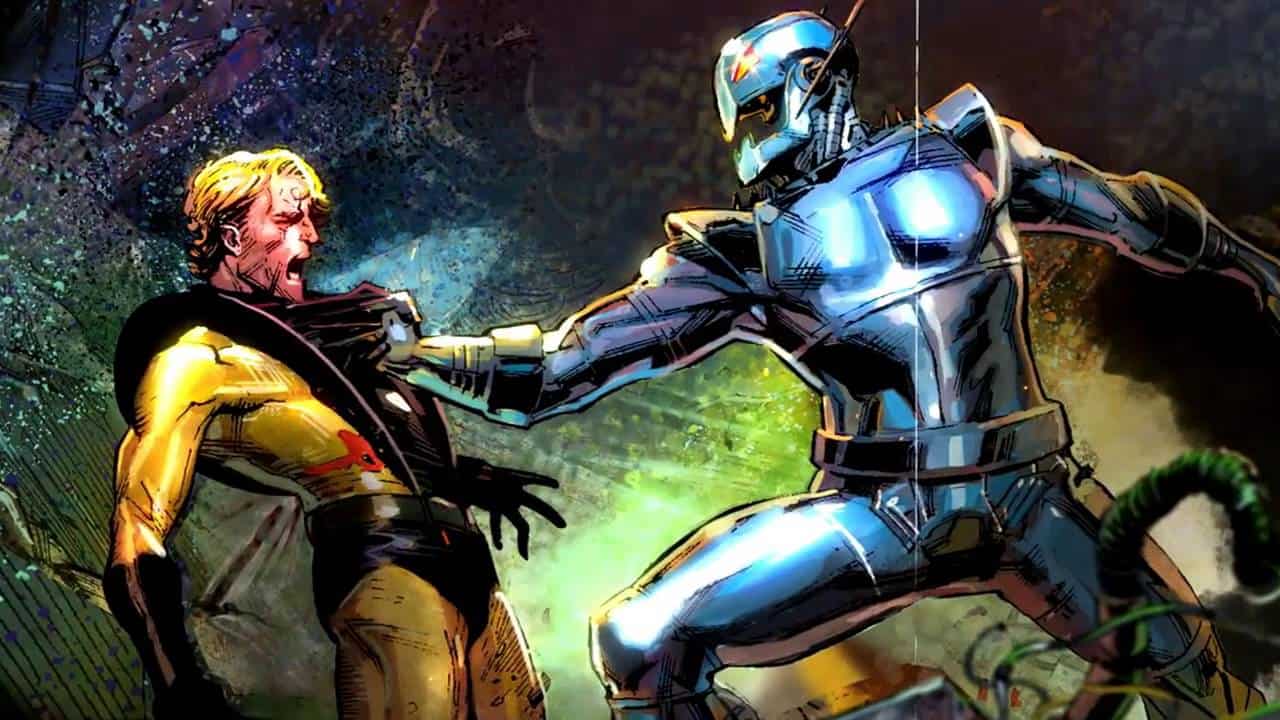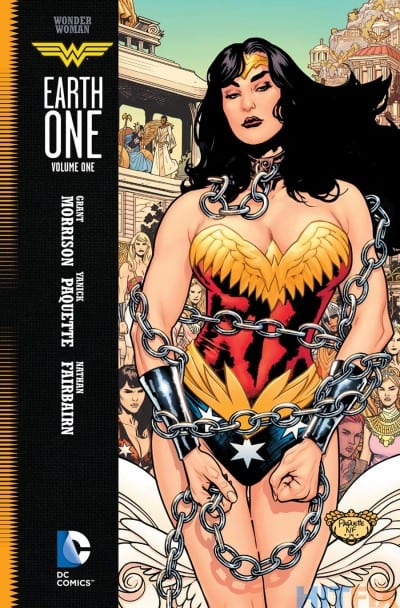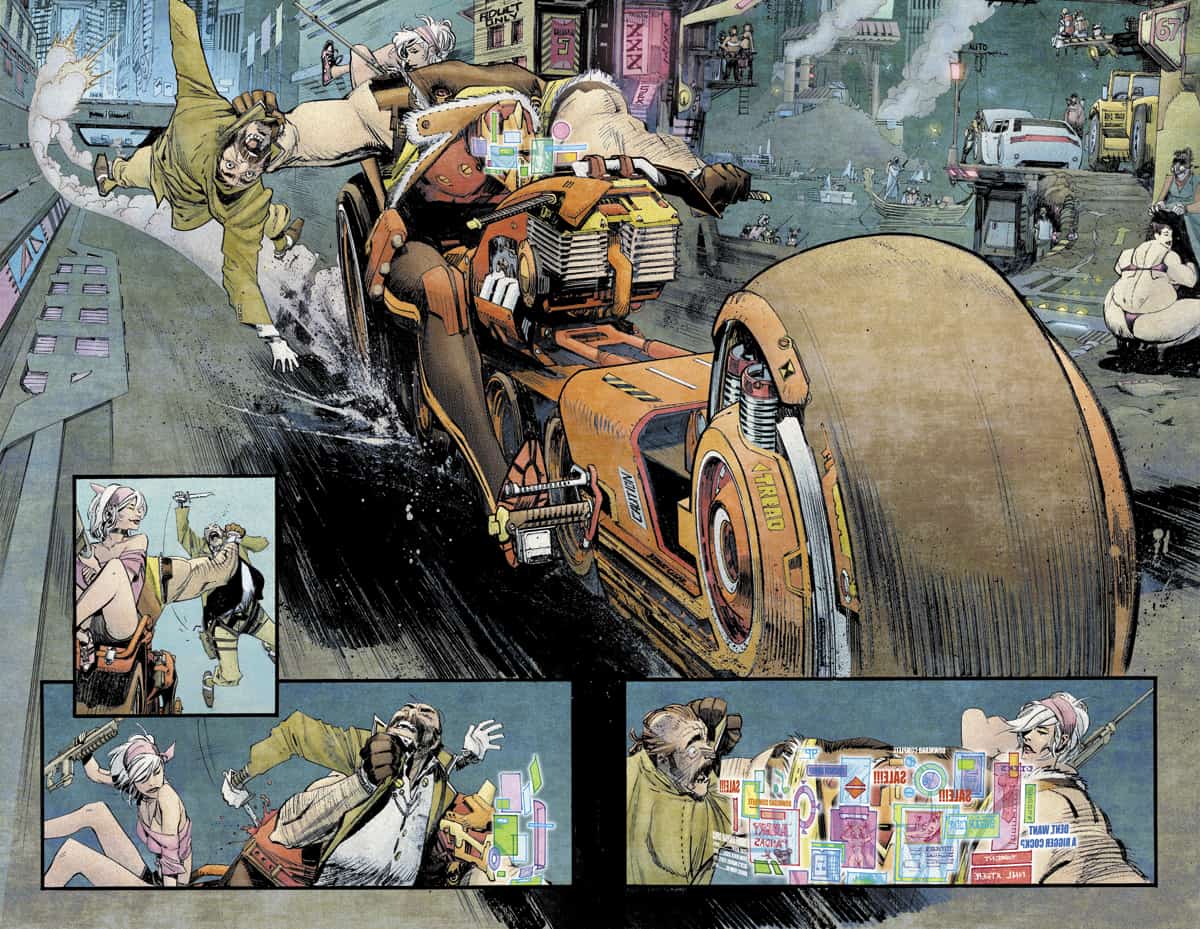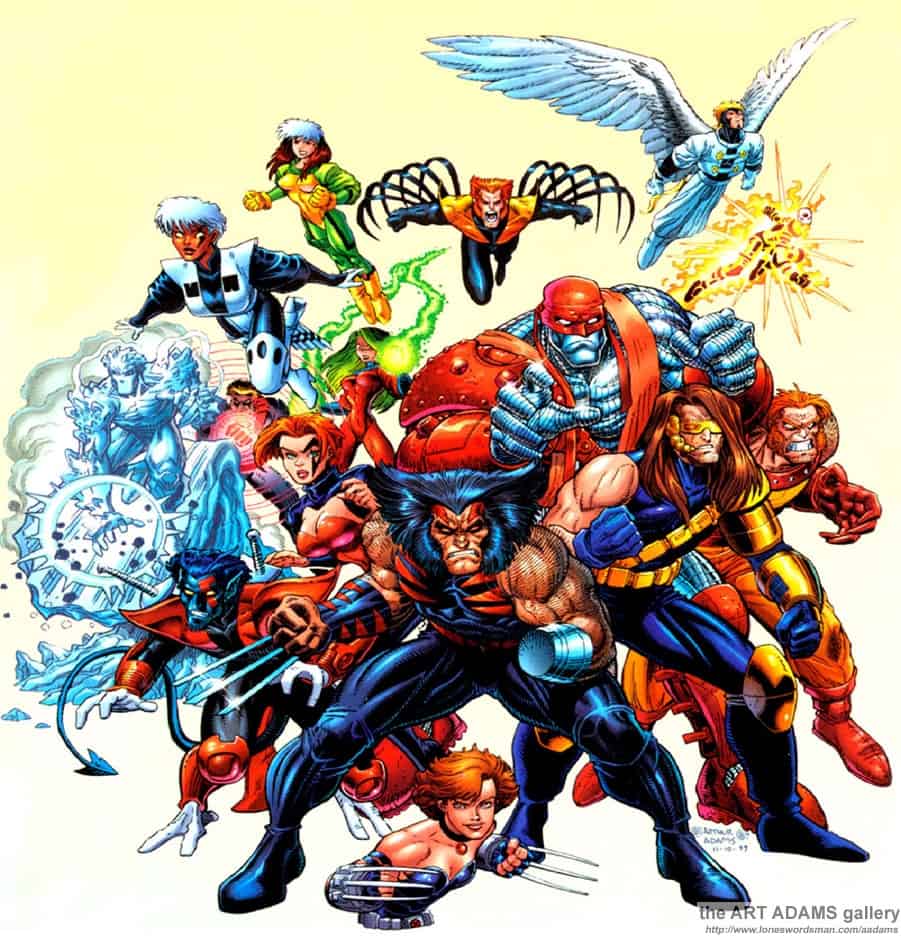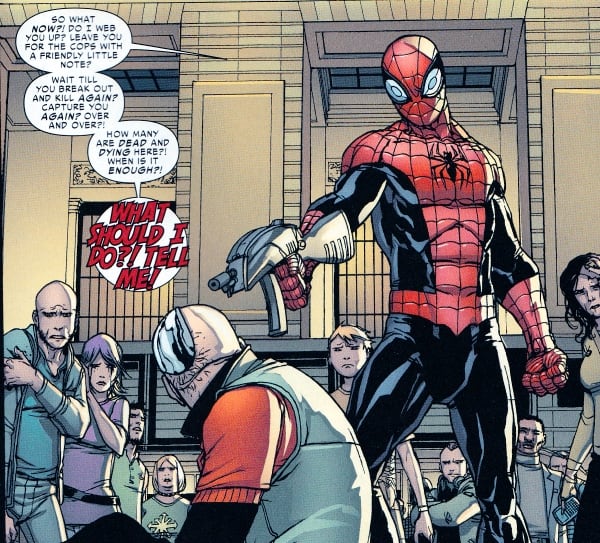There are different themes and moods associated with each season that, aside from the weather, make them remarkably different from one another. Summer in particular is associated with vitality, energy, and joy, while winter, in contrast, is most linked to death, lethargy, and hopelessness. These seasonal moods extend to all aspects of pop culture like movies and music too. Albums like 808s and Heartbreak, Reflektor, and Led Zeppelin IV are clearly winter albums, while Some Girls, True Blue, and Californication are without question summer albums.
Even comic books reflect this trend as some are more fit for particular seasons or times of the day than others. Some comics like Daredevil and Batman are nighttime books, while Superman and Amazing Spider-Man are daytime books. Batman Red Rain should be read around Halloween, while The Ultimates and The Ultimates 2 are the comic book equivalent of summer blockbusters. Below is my list of 11 must reads for this or any other summer. These are only a few of the comics out there that capture that indescribable summer feeling.
Justice League: The Darkseid War
Geoff Johns is certainly going out with a bang on Justice League, as the last story set within The New 52 (Justice League 40-50) is the summer blockbuster event of 2016. The Darkseid War has been raging for a year now, but confined to 11 issues of Justice League and six tie-in issues, it has the scope of a crossover event. If George Miller plotted a comic book, you would have The Darkseid War, a massive story with beautiful art and cinematography, rife with non-stop action. For all the action however, it’s never for a moment mindless or overblown, as Johns does an excellent job of keeping the emotional core of the story intact. With the story set to end later this month, the first part of the story has already been collected, with the latter half set to be released in graphic novel format by the middle of the summer, making it the perfect summer read. The last hurrah of The New 52 is certainly it’s largest event eclipsing both Forever Evil and Convergence, proving that Johns was saving his best for last.
The Ultimates/The Ultimates 2
The Ultimates, and its sequel, The Ultimates 2 by Mark Millar and Brian Hitch are the crown jewels of Marvel’s Ultimate Universe, Earth-1610. Both 13 issue series contain everything that made the Ultimate imprint not only riveting, but necessary as well. Between Hitch’s widescreen and cinematic artistic scope, and Millar’s witty dialogue and political overtones, The Ultimates, the Avengers analogue of Earth-1610, is a must read. It’s the seminal work of Mark Millar’s career and somehow manages to be one of the most entertaining, yet culturally relevant comic books of the 21st century. Between Hulk rampages and alien invasions, the series still concerns itself with international relations, rogue nations, and the fallout of living in a post-9/11 world. The problem with most comics that reference the current events of the time that they were produced is that they feel dated and out of touch to later generations. Despite The Ultimates and its sequel grounding itself in the then political and social fabric of the world, both 13 issue series are still refreshing reads some 15 years later. Who’d have thought that a cannibalistic Hulk, a dying Iron Man, and a Thor who may or may not be a raving lunatic from Norway could have starred in a comic book that became one of the pillars of the zeitgeists for the new millennium.
Whatever you do, just stay away from The Ultimates 3
X-Factor Vol. 1, #71-89
Most X-titles are very doom and gloom, often piling on the hopelessness. For fans looking for a change of pace, or even a title not weighed down by the heavy hand of the continuity, look no further than Peter David’s initial run on X-Factor. David’s take on Quicksilver alone is well worth the price of admission, as the most aloof member of the team is arrogant, contemptuous, and impatient, yet also filled with self-doubt and self-loathe. The cast of characters that David assembles are all quirky with tons of baggage which only adds to the comedy of the title. Despite its reputation as being the “funny X-title”, the pinnacle of David’s initial run comes in the form of X-Factor #87, where the team members all sit down for psychological evaluation, giving readers an insight into what makes the characters tick as well as bearing all their insecurities for us to witness.
Avengers: Rage of Ultron
Avengers: Rage of Ultron is literally ahead of its time; it was the first story published to take place in the post Secret Wars Marvel Universe, even preceding the event itself. Despite featuring the name of one of the most infamous villains of the Marvel Universe, Rage of Ultron is really a story about Hank Pym, the most reviled Avenger of all time. Writer Rick Remender provides a great cerebral take on Hank Pym by exploring the character’s self-loathe and insecurities in a way that no writer ever has. And it features beautiful artwork from frequent Remender collaborator, Jerome Opena. Rage of Ultron is a self contained, yet incredibly nuanced story that explores the oedipal relationship between two beings that hate themselves almost as much as they hate each other. It’s a chilling tale of the apple not falling far from the tree, and it makes you pity Hank Pym, someone who for all his stature is nowhere close to being a giant of a man.
Wonder Woman: Earth One
In his sterling review of Wonder Woman: Earth One, Logan Dalton summed up the OGN better than I ever could. For those curious about the character after her brief but powerful appearance in Batman V. Superman, the latest addition to the Earth One imprint serves as both an interesting reimagining of Wonder Woman’s origin, and a magnifying examination of her thematic roots and the surrounding mythos in a way that only Grant Morrison can. A lot of the controversy that’s been generated by the graphic novel has come from reviewers who were either unable or refused to fully comprehend what exactly Morrison was trying to say in this latest examination of a classic and beloved hero. No matter what, Wonder Woman is a force for love, a fact that’s masterfully conveyed by a comic book legend.
Tokyo Ghost
If you’re not reading this book, you should. It’s a love story that combines the dystopian future genre with Japanese Samurai films that were popular in the 50s and 60s. In a world overrun by technology and unrestrained hedonism, main character Debbie Decay wages a one-woman war against society for the sake of her boyfriend’s soul, Led Dent, the most feared constable in the world, who is just another victim in the cruel clutches of a society where sex, violence, technology, and entertainment have become virtues. Not only is Tokyo Ghost one of the most well written and beautifully drawn comics on the stands today, it’s one of the most relevant and insightful as well, as it issues out damning judgment on our own society and our ever growing need for instant gratification.
Age of Apocalypse
Despite the lukewarm (at best) reviews for X-Men Apocalypse, fans interested in really seeing what Apocalypse is all about need to read Age of Apocalypse, a massive epic chronicling the exploits of a hellish world conquered by the mutant madman. This is a world where Charles Xavier was killed before he founded the X-Men, and in his place Magneto takes up his deceased friend’s cause, waging a losing war against the immortal Apocalypse. When it was first published, Age of Apocalypse ran for four months and over 50 issues, with the regular X-titles being put on hold while the event was going on. However, Marvel had the good idea of releasing the entire storyline in a multitude of formats including, one oversized omnibus, four TPBs, and three larger TPBs. What it comes down to is that Marvel really wants you to read Age of Apocalypse. Regardless of how you manage to collect this epic story, you owe it to yourself to discover what life is like in the Age of Apocalypse.
Superior Spider-Man
The decision to have Dr. Octopus and Peter Parker swap bodies, with the former becoming the new Spider-Man was so controversial that writer Dan Slott actually received a flurry of death threats. But, all the threats and cries of dismay soon turned into cheers and accolades as Superior Spider-Man ingratiated itself on fans from the get go. Inhabiting the body of Peter Parker, Otto Octavius is a pompous, aggressive, and merciless Spider-Man, who somehow became a fan favorite. Prior to Spider-Verse, Superior Spider-Man was the highlight of Dan Slott’s work with Spider-Man and it’s pretty easy to see why. Having a Spider-Man who was the exact opposite of the Spider-Man we know and love was really entertaining, and at times comical, even though this Spider-Man wasn’t afraid to kill. Slott perfectly positions the rise and fall of Otto Octavius within the initial 31 issues of the series so much so that once Peter Parker makes his inevitable return, it reminds readers that not only is Parker the one and only Spider-Man, he himself is the superior Spider-Man.
Kingdom Come
20 years ago this month, Alex Ross and Mark Waid delivered the first issue of the seminal Kingdom Come. What better way to celebrate the DC equivalent of ragnarok than by actually reading the story? Inspired by both Ross’ work on Marvels as well as Alan Moore’s proposed Twilight of the Superheroes, this eschatological tale features stunning artwork by Alex Ross and great character work by Mark Waid who perfectly captures the despair and anger that many of our most beloved heroes feel in this dystopian future. Kingdom Come also reads as an indictment of 90s comic book trends such as ultraviolent “heroes”, overly muscled characters, and heroes with either robotic appendages, or bearing way too many weapons. Being only four issues long, it’s a very easy and digestible read despite its heavy apocalyptical overtones. For anyone looking to see two comic book legends team up on one hell of a story, look no further than Kingdom Come.
Fantastic Four 1234
Thank God this was the only Fantastic Four story that Grant Morrison ever wrote. The dialogue, characterization, and plot are so far removed from anything even resembling the FF, that Morrison just becomes another in a long line of high-profiled writers unable to fully grasp what makes the Fantastic Four so great. Morrison’s only success in the story is that he sets the atmosphere of the story perfectly, as it takes place on the hottest day of the summer. The whole city is sweltering and the FF are certainly feeling the heat as tempers and libidos flair wildly. Fantastic Four 1234 is one of the only few comics that I’ve ever bought solely because of the artwork, as Jae Lee absolutely knocks it out of the park. His unique artwork conveys the muggy summer heat so well that readers can almost feel it rising up from the pages. Framed against the oppressive heat of a New York City summer day, and glorified with Jae Lee’s stunning artwork, Fantastic Four 1234 becomes a quintessential summer read in spite of itself.
Whatever Happened to the Man of Tomorrow?
The fact that Alan Moore never wrote an ongoing Superman title is nothing short of a tragedy; it’s the comic book equivalent of the death of Len Bias. At least we got Whatever Happened to the Man of Tomorrow? from Moore though. The greatest Superman story of all time, the two-part story unfolds in the last issue of Superman and Action Comics right before Crisis on Infinite Earths and the ensuing reboot of the DC Universe. Detailing the final adventure of the Silver-Age Superman, the story is a fitting tribute to Superman and his surrounding mythology. Coupled with the psychological depth and sideways perspective that Alan Moore infuses into any property that he writes, Whatever Happened to the Man of Tomorrow will give even the most ardent detractor of Superman’s a newfound respect and understanding of the character. It’s one of the few Alan Moore stories to have a happy ending, no doubt a gift from one of the most legendary writers in comics to the medium’s most iconic character.

